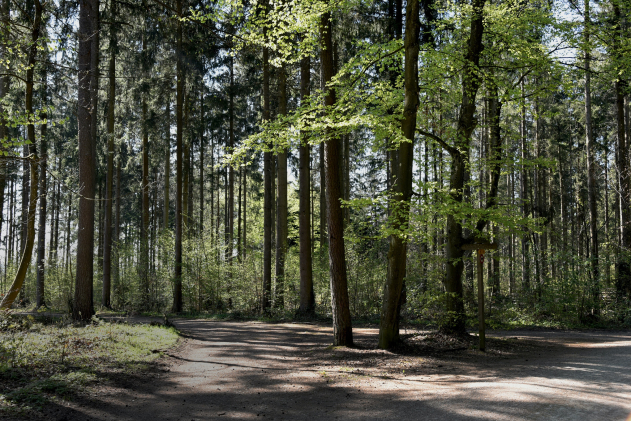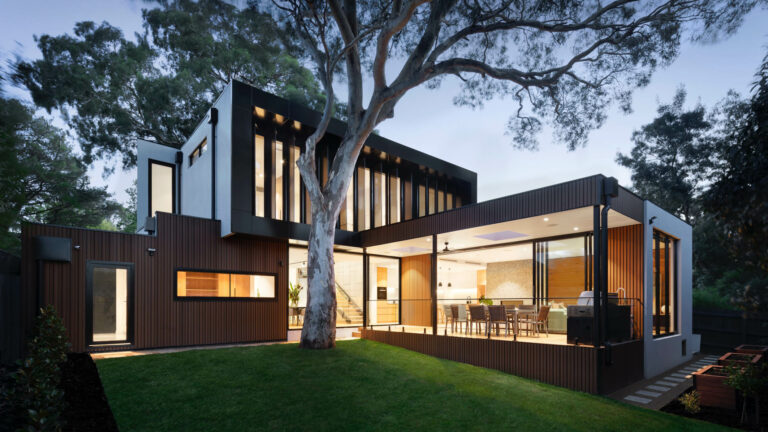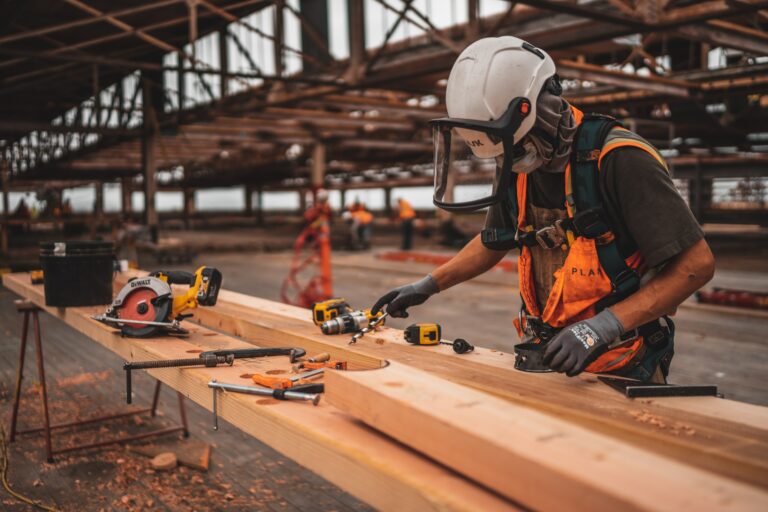Advancing Sustainability Through Micro Dwelling: Demystifying Zoning for Tiny Homes
The rising tide of environmental consciousness and affordable housing concerns has propelled tiny homes into the spotlight. These compact dwellings, often embracing sustainable principles, represent a potential leap towards greener living and alleviating housing burdens. However, navigating the regulatory labyrinth of zoning ordinances can be daunting, particularly for aspiring tiny home dwellers. This article provides a strategic framework for deciphering zoning complexities and unlocking the path to building a sustainable micro-dwelling.
Decoding the Zoning Maze
Understanding your local zoning landscape is the first step. Begin by scouring your municipality’s website for zoning maps and ordinances. Keywords like “zoning,” “tiny homes,” and “ADUs” (accessory dwelling units) will be your trusty allies. Don’t hesitate to directly engage with the zoning department. Their expertise can clarify regulations, answer questions, and provide invaluable insights specific to your location and tiny home vision.
Seeking Suitable Terrain
Once equipped with zoning knowledge, embark on a location quest. Identify potential sites within zones designated for single-family homes or flexible housing options like ADUs. Evaluate existing properties, like your own backyard, for available space and compliance with zoning requirements. For a more tailored approach, explore dedicated tiny home communities, which may already boast infrastructure and zoning conducive to your vision.
Tiny Homes: Demystifying the Definition
The elusive term “tiny home” lacks a universal definition, adding another layer of complexity. Familiarize yourself with your state and local definitions to ensure your plans align with regulatory frameworks. Moreover, distinguish between tiny homes and ADUs, as regulations in your area may treat them differently. This clarity will prove crucial for efficient planning and permitting.
Alternative Avenues for Micro Living
While zoning challenges may exist for stationary tiny homes, alternative paths open up. Consider exploring tiny homes on wheels (THOWs). While parking restrictions on residential properties can be a hurdle, designated campgrounds or RV parks may offer welcoming havens for your mobile abode. Additionally, prefabricated modular homes can offer similar size and sustainability advantages as tiny homes, potentially with more flexible zoning options.
Empowering Your Micro Dwelling Journey
Building a sustainable tiny home requires patience, persistence, and strategic guidance. Consult a zoning attorney to navigate legal complexities and obtain specific counsel for your situation. Partnering with an architect or builder familiar with tiny homes can be invaluable. Their expertise will ensure your design adheres to zoning regulations and guide you through the permitting process with utmost efficiency.
Conclusion
The burgeoning desire for sustainable living and accessible housing finds a captivating expression in tiny homes. While zoning complexities may exist, they are not insurmountable. By diligently researching, seeking professional guidance, and staying abreast of evolving regulations, individuals can forge a path towards realizing their micro-dwelling dreams. As microliving communities coalesce and regulatory frameworks evolve, the future of tiny homes appears bright, paving the way for a more sustainable and equitable housing landscape.





